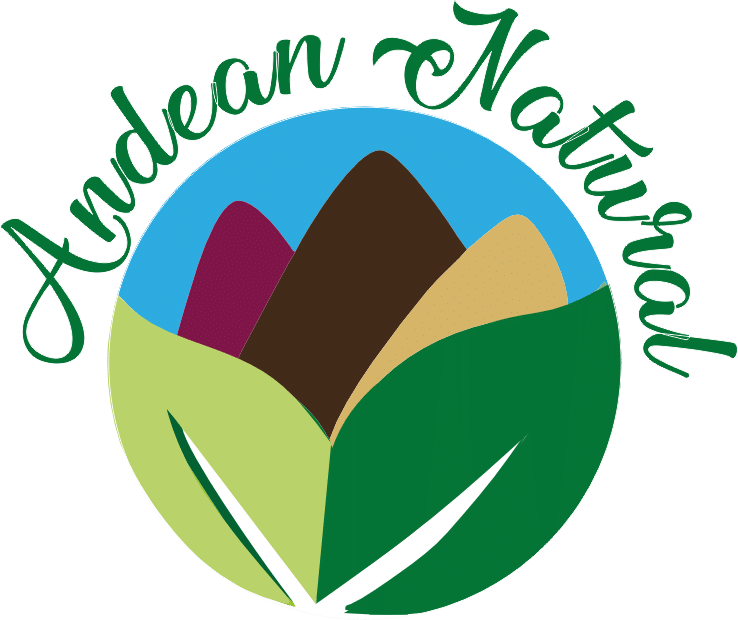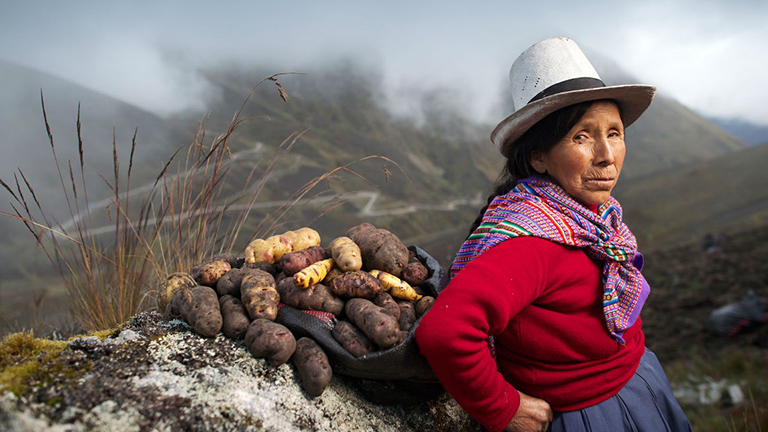The Indigenous mother which we came from
On September 5th, the International day of indigenous women is celebrated in homage to Bartolina Sisa, an Aymara indigenous woman who was murdered on September 5, 1782 after leading an indigenous uprising against the Spanish.
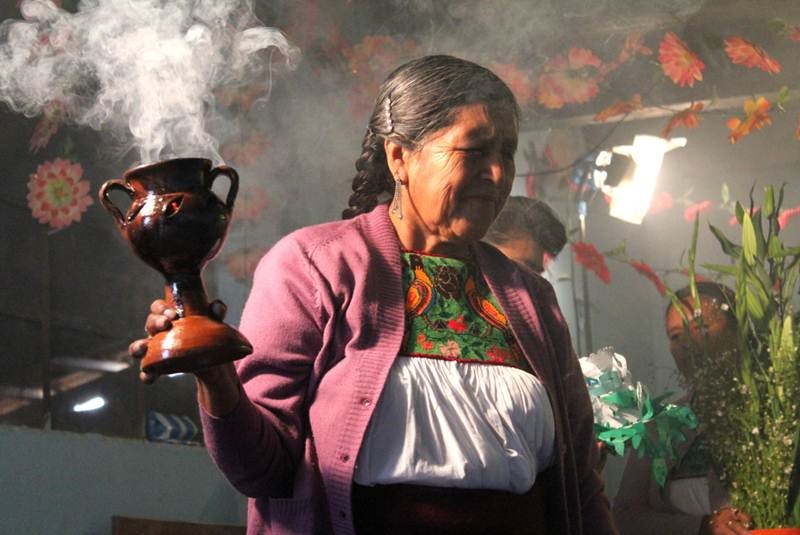
From previous times to the Conquest, the indigenous woman was not only involved with various household chores, but also in the decision making of the community to which she belonged. In these communities, people lived through reciprocity that were established between women and men. Women have been responsible for transmitting the language, traditions and history of their peoples from generation to generation, in addition to protecting the knowledge we have about Nature. However, after the Spanish conquest this system was disintegrated, by establishing its methods of work organization influenced by beliefs brought from the old world, where women were only relegated to household chores.
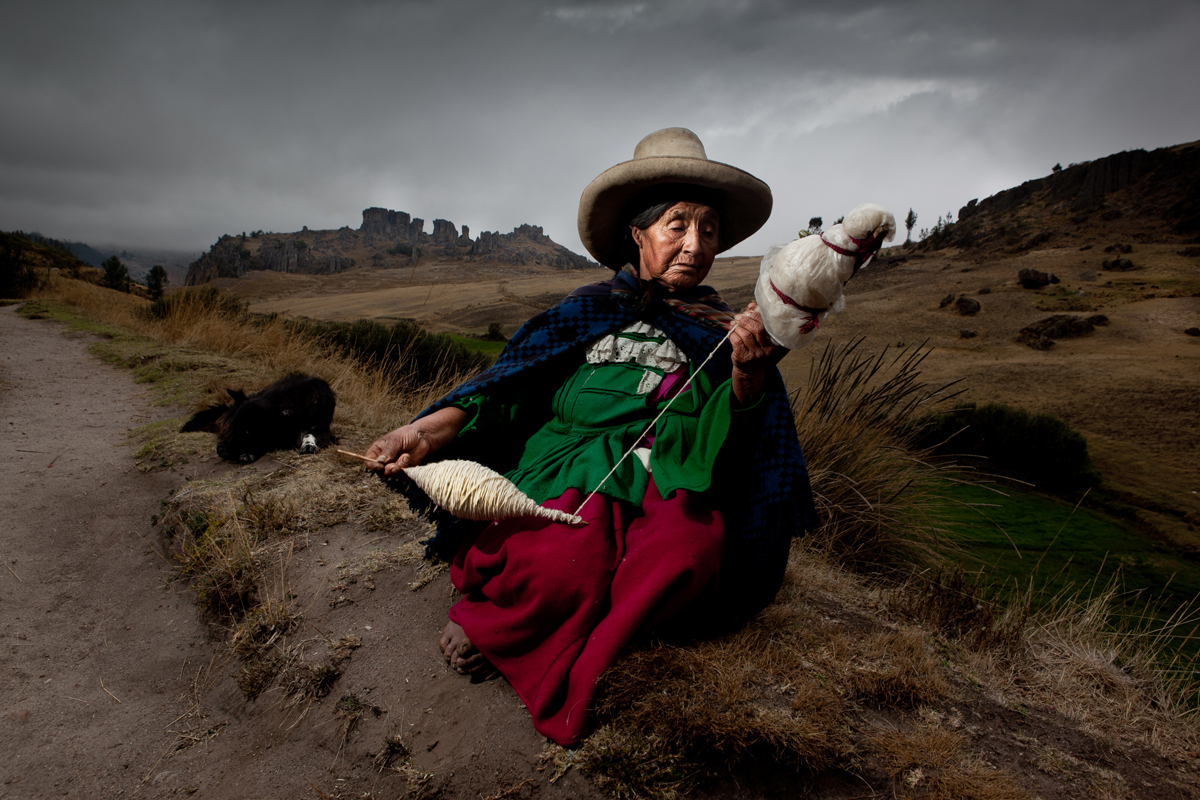
At the time of the conquest, many indigenous women were persecuted for carrying out their work as curers and healers being accused of witchcraft, they also had to work in systems of assignments, gold laundering and agricultural work. Today, indigenous women participate in various economic aspects, agricultural, domestic animal breeding, household chores, handicrafts, health providers, education and political value can be highlighted; However, the vast majority of them still play a fundamental role in the support and feeding of the home.
It is admirable the way in which the indigenous woman has fed her family, providing them with an excellent physical condition and state of health, today we know that many of these foods that today we consider Superfoods provide our body with the nutrients we need like no manufactured or packaged food would ever do, foods like Maca, quinoa and kiwicha were grown and offered on the table of indigenous women since ancient times, it is common today to see the “Mamachas” these women combed with braids and dressed with “skirts” in the markets and it is a sign that the products are of good quality. In addition to a wide variety of foods, indigenous women have known to grow innumerable medicinal herbs. These plants were given a mystical power for the benefits brought to health. Many of these plants have been studied and their proven benefits such as; graviola, cat’s claw, chancapiedra and hercampuri can be found available to all people in markets in the towns of Andean America and people usually buy them as they buy food in places known as “herbalists.”
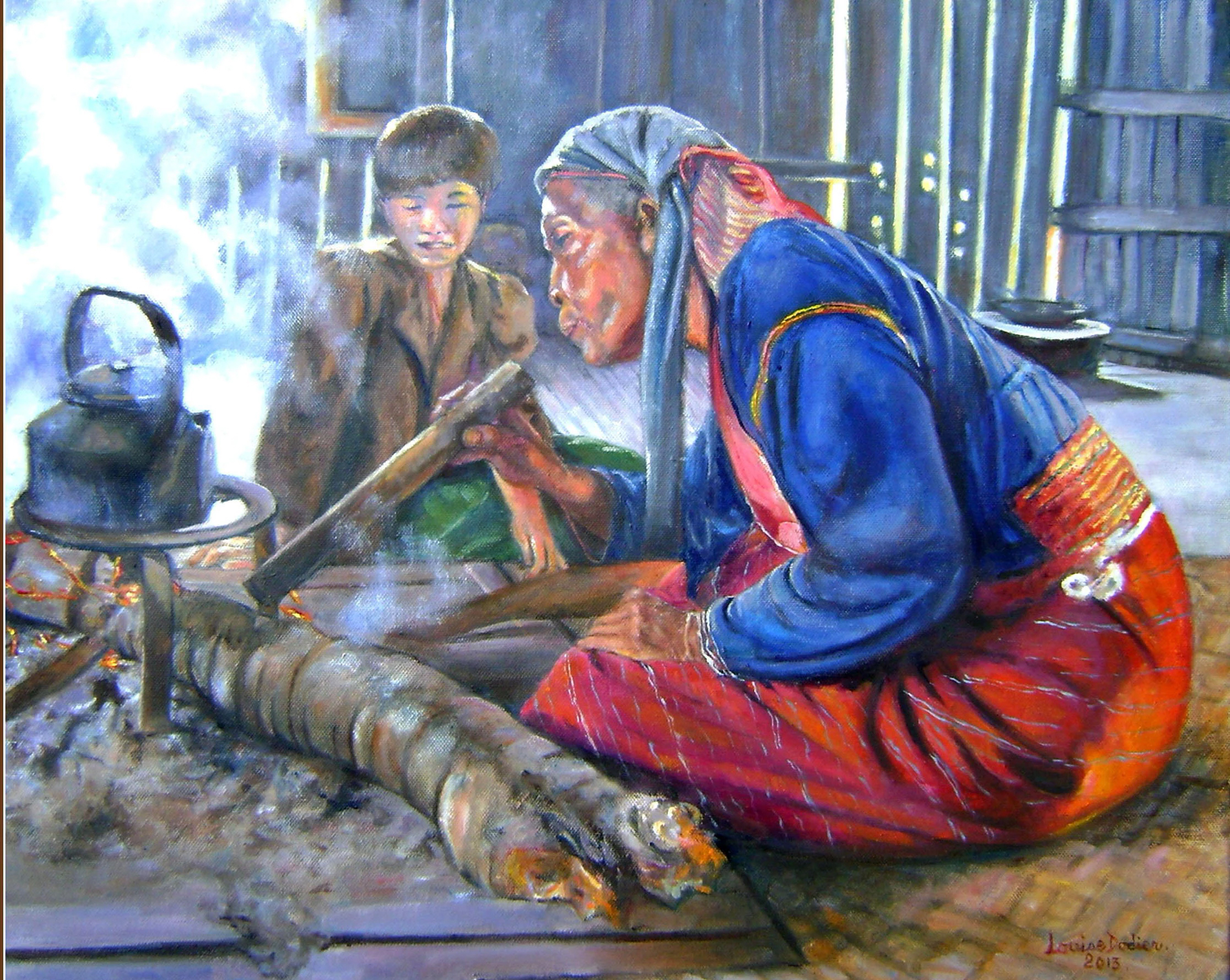
Indigenous women in Peru have always been the pillar of healthy and natural household food. They have fed their family with natural, nutritious and cultivated products by themselves, we must also mention the work of educators that indigenous women have accomplished over time, not only by transmitting languages and customs, but also knowledge about plants, food and love for our mother earth or “Pachamama” as we call it in the towns of South America also represents that native woman who gives us a pleasant and full life.
